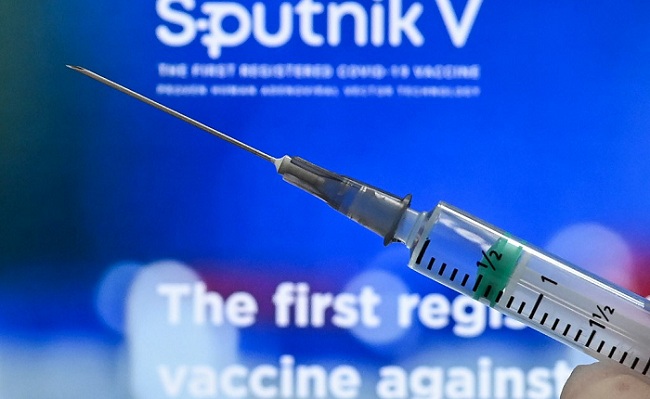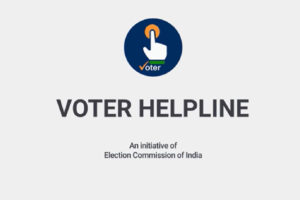As Covid-19 cases and deaths have surged in India, on Saturday, the country is set to receive its first doses of Sputnik-V, the Russian-made vaccine against the coronavirus disease. More than 300,000 new infections have been reported daily for nine days in a row, with 386,452 cases reported on Friday.
This delivery of Sputnik V is part of a larger partnership between Moscow and New Delhi to produce 850 million Sputnik vaccines. Priced at $10 a shot, this vaccine is a cheaper alternative to the Western substitutes. Further shipments could ease the current public health crisis, over the coming months, provided the government can administer the shots quickly.
Also See: New mutants of Coronavirus
On March 11 the ‘Vaccine Maitri’ programme completed 50 days. By that time, India had supplied around 60 million doses of Made-in-India Covid vaccines to 70 countries across the world. The central government was slurping its fingers in self-adulation and an unabashed dose of hubris. By April end, the situation changed to a diametrically opposite situation. India is now looking forward to vaccine shipments from other countries.
Also Read: Issues faced by India in dealing with Covid 19 resurge- Is it too late to contain the Second Wave
Shortage of vaccines and a high infection rate will likely hamper vaccination efforts. The Sputnik deal, in the medium-term, along with other foreign aid, will likely curb the second wave by Autumn. The second wave of Coronavirus may also delay India’s economic recovery if the government re-imposes lockdown restrictions. There would be economic dampening if the variant spreads to other countries, prompting further outbreaks and lockdowns that damage global trade.
Far from being a self-reliant source of vaccine, the international image of India has been transformed into that of desperation. Any country’s vaccine manufacturing capabilities is measured by its flu-shot producing capacity and the agility with which it can be used for Covid19 vaccines. Seasonal flu is not a common vaccine in India and consequently share of India to the global output is at around 21%. That far away from what it takes to be self-reliant or the hubristic atma-nirbhar in vaccine production. The scenario in medical Oxygen production is even murkier.
Therefore, India is now waiting for shipments, and aid from other countries like Russia, US, and other powers from EU.





